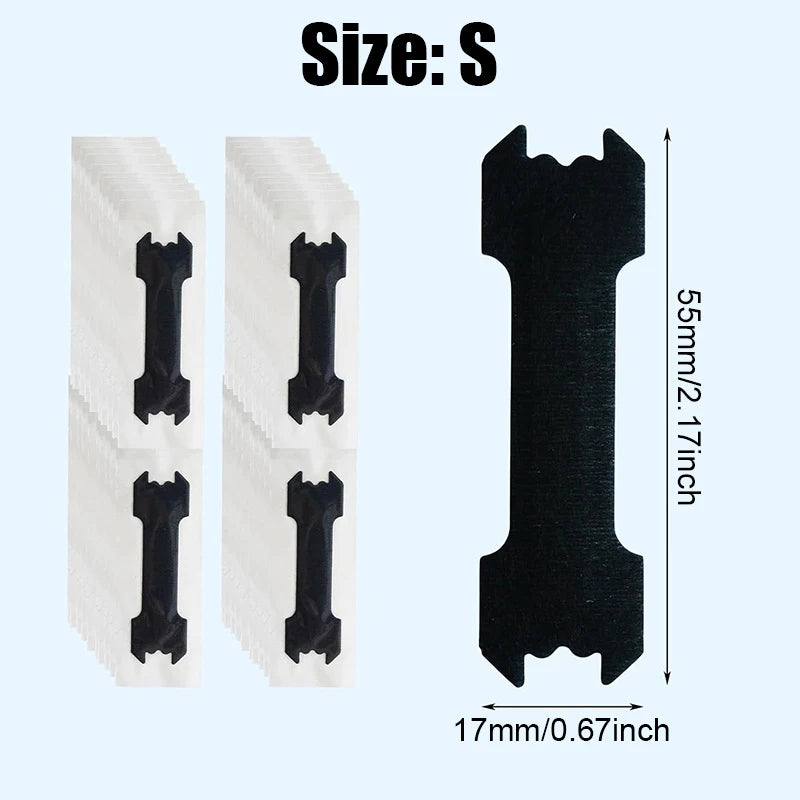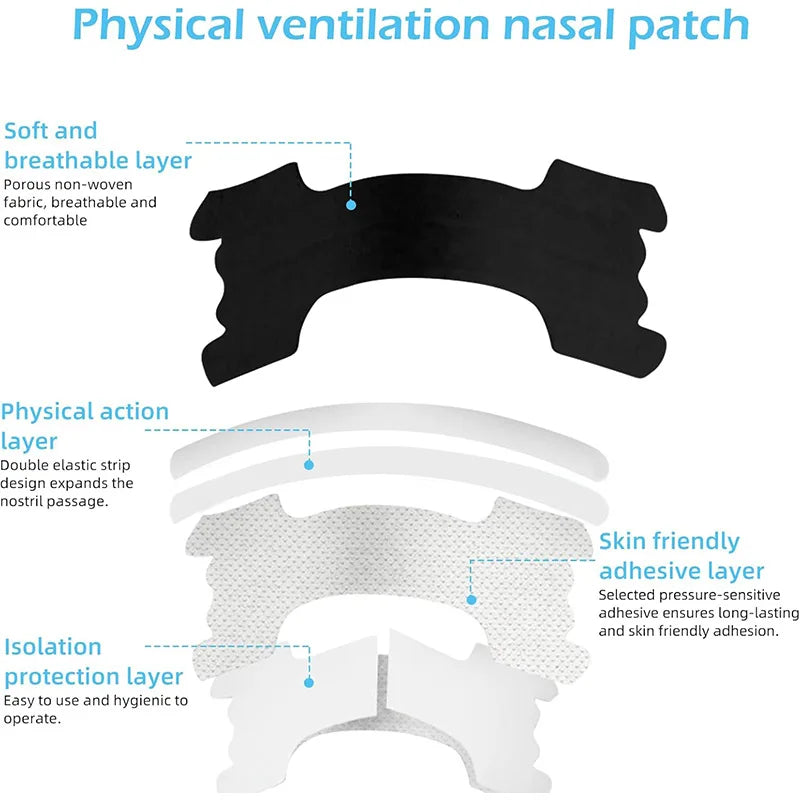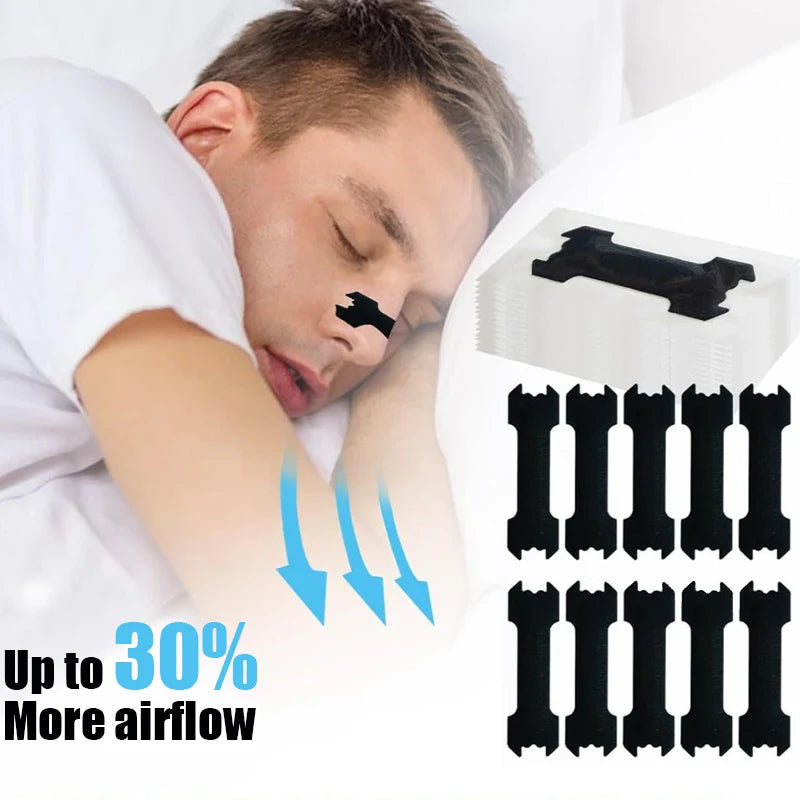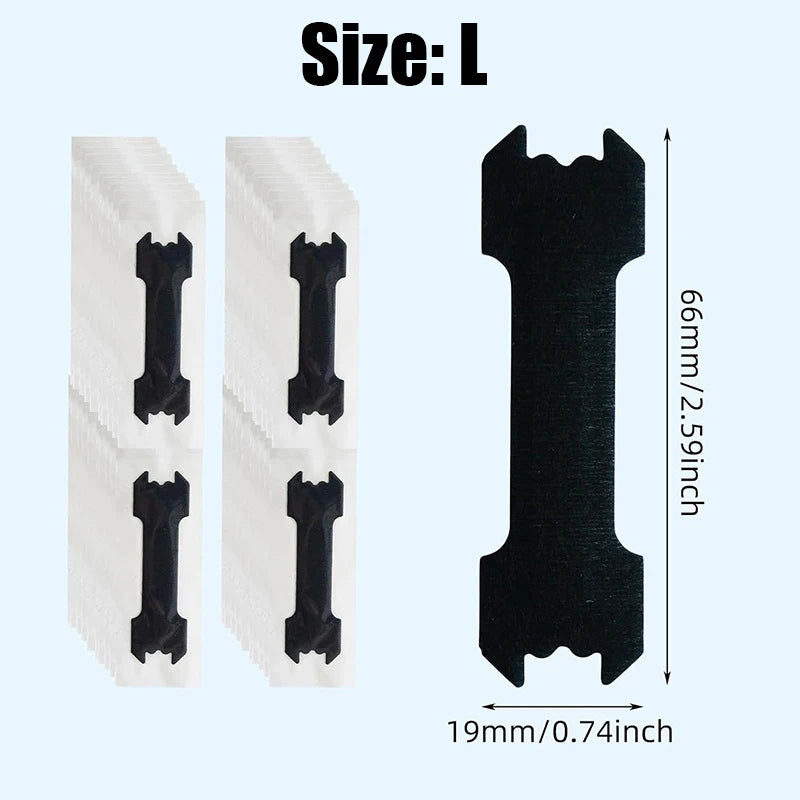The Science Behind Better Sleep: What Clinical Research Really Says About Nasal Strips
Published by Sleep & Wellness Research Team
If you've ever woken up exhausted despite getting eight hours in bed, you're not alone. For millions of people, the culprit isn't how long they sleep—it's how well they breathe while sleeping. Recent clinical research has revealed fascinating insights about nasal breathing, sleep quality, and a surprisingly effective solution that doesn't involve bulky machines or prescription medications.
The Hidden Problem: Your Nasal Valve
Most people don't realize that the biggest bottleneck in their breathing happens in a tiny space called the nasal valve—just 1 to 1.5 centimeters inside your nostril. This narrow passage is responsible for most of the resistance you feel when breathing through your nose.
Here's where it gets interesting: when you lie down, gravity and relaxation cause this already narrow space to collapse even further. For people with structural issues like a deviated septum (which affects 62-80% of adults), chronic rhinitis, or even just occasional congestion, this collapse can dramatically reduce airflow.
The physics are brutal. According to the Hagen-Poiseuille law, even small reductions in diameter cause exponential drops in airflow. A 20% narrowing can cut your breathing capacity nearly in half.
The Clinical Evidence: What Researchers Discovered
Study #1: The Swedish Breakthrough (1996)
Swedish researchers conducted one of the first rigorous studies on nasal strips with 32 people who snored but didn't have sleep apnea. After 14 nights of using strips, the results were remarkable:
- Partners reported significantly less snoring (p<0.001)
- Users experienced less mouth dryness upon waking (p=0.025)
- Daytime sleepiness scores improved dramatically (p<0.001)
- 50% of participants reported reduced snoring
- Two-thirds experienced less daytime fatigue
Study #2: The Butterfly Trial (2018)
A double-blind clinical trial tested enhanced nasal strips against placebo strips. After just 7 days:
- Sleep satisfaction improved significantly (p<0.05)
- Morning nasal congestion decreased
- Overall sleep problems were reduced
- Users reported feeling more rested upon waking
Study #3: The 28-Day Study (2019)
The most comprehensive study followed 70 people for 28 days using improved nasal strips with enhanced spring mechanisms. The objective measurements were impressive:
- 39% reduction in nasal resistance - meaning significantly easier breathing
- 37% fewer spontaneous sleep interruptions - less tossing and turning
- 11-minute reduction in wake-after-sleep-onset time - faster return to deep sleep
- Subjective improvements in breathing, sleep quality, alertness, and daytime energy (p<0.04)
How Nasal Strips Actually Work
The mechanism is elegantly simple. Nasal strips contain embedded plastic ribbons that, when applied across the nose, gently pull the nasal valve open laterally—like opening tent flaps. This mechanical dilation can improve airflow by 30-39% during sleep.
Think of it this way: if your nasal passages are like a tunnel that keeps collapsing, the strip acts like structural supports that hold the tunnel open all night long.
Who Benefits Most?
The research reveals that nasal strips are particularly effective for:
Mild to Moderate Snorers: Studies consistently show reduced snoring intensity and frequency, leading to better sleep for both the user and their partner.
People with Chronic Rhinitis: Those dealing with ongoing nasal congestion see significant improvements in sleep quality and morning symptoms.
Deviated Septum Sufferers: While strips don't correct the structural problem, they provide meaningful temporary relief by widening the functional airway space.
Anyone Seeking Drug-Free Solutions: For people who want to avoid nasal sprays, oral medications, or CPAP machines, strips offer a non-invasive alternative.
What About Sleep Apnea?
It's crucial to understand the limitations. Multiple meta-analyses confirm that nasal strips are not effective for obstructive sleep apnea. If you suspect you have sleep apnea (loud snoring, gasping during sleep, extreme daytime fatigue), medical evaluation is essential.
However, for the millions of people whose sleep problems stem from nasal obstruction rather than airway collapse deeper in the throat, the research is remarkably positive.
The Real-World Experience
Beyond the clinical data, user reports align closely with research findings. People consistently describe:
- Immediate relief: "I could breathe instantly when I put it on"
- All-night effectiveness: "Finally, something that stays on and works until morning"
- Morning transformation: "I wake up actually rested instead of exhausted"
- Relationship improvement: "My partner can finally sleep through the night"
What Makes the Difference?
Not all nasal strips are created equal. The research reveals that effectiveness depends heavily on:
Adhesive Strength: Strips must maintain their hold throughout the night, even with movement, moisture, and oils from skin.
Structural Design: The width and positioning of the plastic elements affects how much dilation is achieved.
Individual Fit: Proper sizing and placement are crucial for optimal results.
The Bottom Line
Clinical research provides compelling evidence that high-quality nasal strips can significantly improve sleep quality for people dealing with nasal breathing issues. The mechanism is scientifically sound, the safety profile is excellent, and the benefits—when they occur—can be life-changing.
While they're not a miracle cure for every sleep problem, for the right person dealing with nasal obstruction, a simple strip might be the difference between another night of poor sleep and finally waking up refreshed.
The key is finding strips that are engineered to actually stay on and provide adequate dilation—because as the research shows, when nasal strips work properly, the improvements in sleep quality can be remarkable.
Want to experience the difference that clinically-proven nasal strips can make? Klear Nasal Strips are designed based on the latest research to provide the strong adhesion and effective dilation that clinical studies show actually work.
Medical Disclaimer: This content is for informational purposes only and is not intended as medical advice. Always consult with a healthcare professional before starting any new treatment, especially if you have chronic breathing issues, sleep disorders, or other medical conditions. Individual results may vary.





